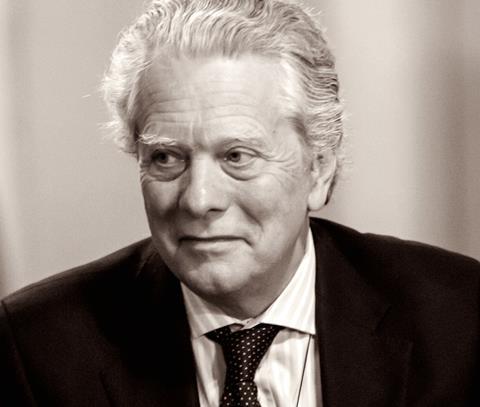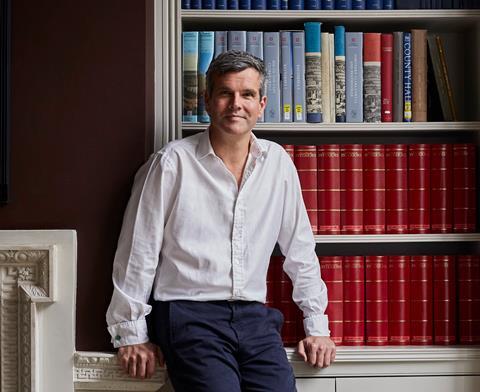Architecture’s most lucrative prize is also its most honest, writes Robert Adam

Last month, our own Ben Pentreath won the international Driehaus Prize for architecture and urban design. This is given every year in Chicago and the winner gets $200,000 – about £162,000 at today’s exchange rate.
The international Pritzker Prize is described as ‘the most valuable’, but in money terms it’s not. The Driehaus Prize is worth twice the Pritzker and is probably the highest value international architectural award. But ‘value’ for the Pritzker can just mean what architects value most.
Of course, just throwing money at an award doesn’t make it a good award. But you would have thought that the Driehaus Prize might be newsworthy, even on that basis.
But a closer look reveals something about what goes on in the architectural establishment.
Everyone hears about the Pritzker Prize, it gets into the national press around the world. Look at some of the winners. This year it goes to David Chipperfield. Past winners include Norman Foster and Richard Rogers, Toyo Ito and Rem Koolhaas. The architectural establishment.

Few hear about the Driehaus Prize. Look at some of the winners. The first was Leon Krier. Past winners include Quinlan Terry, Demetri Porphyrios, Abdel-Wahed El-Wakil and Andres Duany. Traditional architects and urbanists.
The selection process is just as rigorous for the Pritzker and Driehaus Prizes. They all have eminent juries, often including past prize-winners.
But some awards are more honest than others about what they’re setting out to do.
The criteria for Pritzker Prize don’t mean much: ‘to honor a living architect or architects whose built work demonstrates a combination of talent, vision, and commitment.’
It’s always hard to define what makes an award-winning building in words
The RIBA International Prize, one of the next biggest prizes, is a bit less vague: ‘awarded to the most transformative building which demonstrates visionary, innovative thinking, excellence of execution, and makes a distinct contribution to its users and physical context.’
The RIBA Awards go along the same lines: ‘Successful projects reflect changes and innovations in architecture, but at their core display a commitment to designing and developing buildings and spaces for the improvement and enhancement of people’s lives.’
It’s always hard to define what makes an award-winning building in words. All these descriptions are motherhood and apple pie and they all sound inclusive, until you have a second look.
Both of the major RIBA prizes include the code word for modernism, ‘innovative’. The RIBA Awards include the idea that you have to make ‘changes’ in architecture to be award-winning. That’s just what traditional architecture does not set out to do.
All kinds of architecture can be good architecture but, in a time when we value diversity, there’s not much here
Then you look at the specially-selected judges and the past awards and it all becomes clear. There are no traditional judges and no traditional winners.
The Pritzker and the RIBA Awards are not for architecture, as that would include all architecture. They are for projects that conform to establishment-approved architecture and, to make it simple, you could just add, ‘provided it isn’t traditional architecture’.
They perpetuate the idea that proper architecture only follows one ideology and that it is this which defines quality. It is ironic that this establishment view which, like all establishments excludes unorthodoxy, is also based on the myth that it is somehow radical.
All kinds of architecture can be good architecture but, in a time when we value diversity, there’s not much here.
At least the Driehaus Prize tells the truth. It is for: ‘architectural excellence that applies the principles of traditional, classical and sustainable architecture and urbanism in contemporary society and environments’.
Also read >> Ben Pentreath to receive $200,000 architecture prize in Chicago
















3 Readers' comments